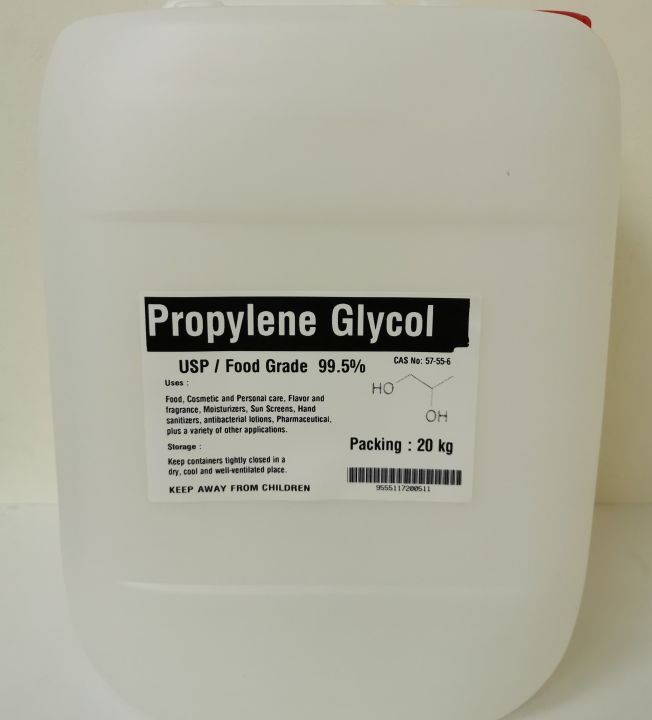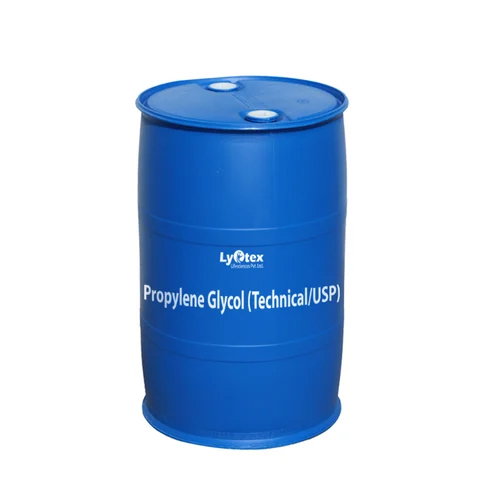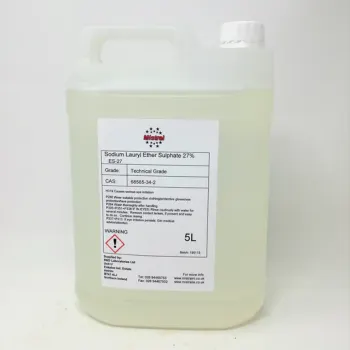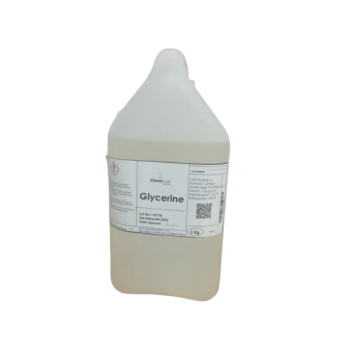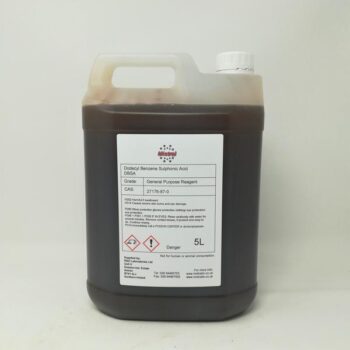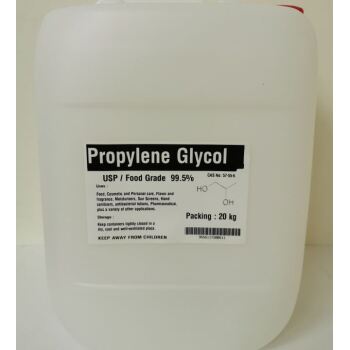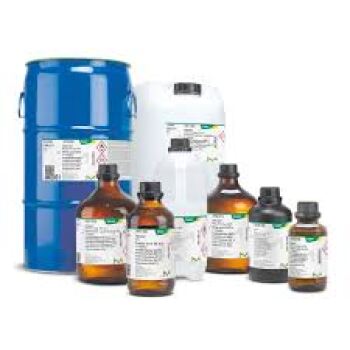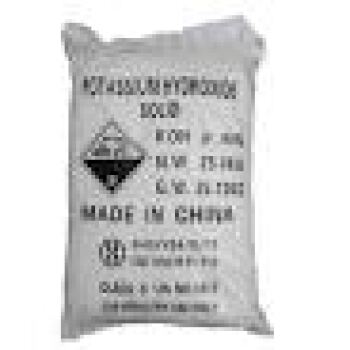Propylene Glycol Food Grade
Food grade propylene glycol (PG) serves as a humectant, solvent, and antifreeze agent in various food applications. It helps retain moisture, dissolve ingredients, and prevent freezing damage in products like baked goods, beverages, and frozen foods. It’s also used as a processing aid, stabilizer, and texturizer.
Propylene Glycol Food Grade
Specific uses include:
-
Humectant:Prevents baked goods from drying out and maintains their softness and freshness, extending shelf life.
-
Solvent:Dissolves food colors, flavors, and other additives, ensuring even distribution and consistent flavor and color.
-
Antifreeze Agent:In frozen foods, it lowers the freezing point, preventing the formation of large ice crystals and maintaining the food’s texture and taste.
-
Processing Aid:Clears liquids and enhances the overall appearance and appeal of food products.
-
Stabilizer and Thickener:Helps maintain the structure and consistency of food products during and after processing.
-
Texturizer:Modifies the texture and mouthfeel of food.
-
Coolant:Used in food manufacturing and processing systems for cooling applications.
Examples of where it’s found:
- Baked goods: Cakes, bread, pastry.
- Beverages: Soft drinks, flavored drinks.
- Frozen desserts: Ice cream, frozen yogurt.
- Packaged foods: Dressings, dried soups, cake mixes.
- Other: Flavored coffee, popcorn, fast food, and even some dog and cat food.
Propylene Glycol Food Grade
Other names
α-Propylene glycol
1.2-Propanediol
1.2-Dihydroxypropane
Methyl ethyl glycol
Methylethylene glycol
Uses
To de-ice aircraft and road surfaces , propylene glycol is used
Propylene glycol is an approved food additive for dog and sugar glider food

